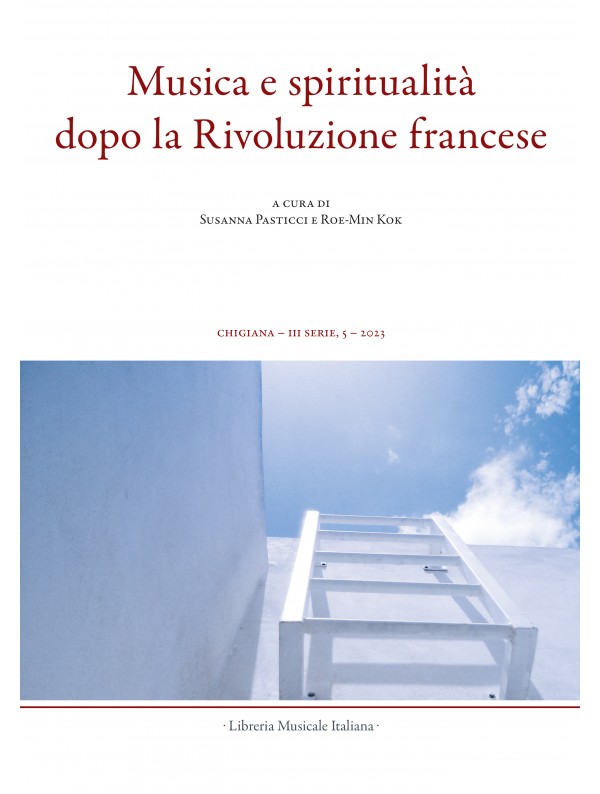Pärt after Pärt: the Composer as Progenitor
Abstract
Estonian composer Arvo Pärt (b. 1935) developed a new compositional technique in the 1970s that has a peculiar mystery and enchantment. Called “tintinnabulation”, this music is static and ecstatic, elegantly simple, deceptively complex, visceral and remarkable, and is appreciated by large and diverse audiences. In addition to his original works, Pärt is the progenitor of a diverse array of sibling works which has further broadened his appeal. In this essay I survey some of the ways Pärt’s music has been used as inspiration by other composers and performers. I suggest that the creators of the derived works have mined Pärt’s music for elemental materials that resonate with secular spirituality. Using examples of sampling, arranging, pastiche, direct and indirect influence, improvisation, and digital manipulation, I conclude by acknowledging the intrinsic success of the sibling works which stand as empathetic tributes to the original while at the same time presenting a range of personal expression. The sibling works are fully accessible and utilised in secular rituals of performance, meditation, listening, and transformation. They are highly original and personal essays which attempt a hermeneutic of the original in aural form, often establishing new sound worlds and refining the essence of the mystery of the tintinnabuli technique.





